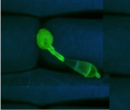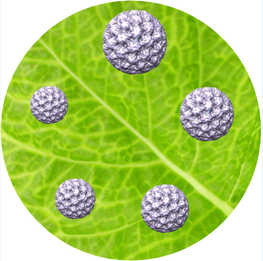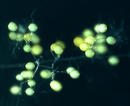4 research departments - 16 teams
|
| ITEM department - Plant-pathogen interactions
- BLAST - Evolutionary biology of blast and other fungal pathogens of rice, cereals and other plants
- CIME - Cereal Immunity and Magnaporthe Effectors
- FBI - Fungal Banana Interactions
- MSLT - Mécanismes Symbiotiques chez les Légumineuses Tropicales
- XPLAIN - Xanthomonas-PLAnts INteractions
|
|
|
| VIROM department - Plant-vector-pathogen interactions
- CAMEPI - Characterization and modeling of epidemics
- DEFENSIRNA - Defense, counter-defense and small RNAs
- MOVE - Mechanisms of plant virus transmission by vectors
- MULTI - Biology of multicomponent viral systems
- VICITA - Virus / cereal interactions in tropical agro-ecosystems
|
|
|
| PHYTOBIOM department - Towards an understanding of the phytobiome
- BALI - Beneficial Microbes-Tropical Legumes Interaction
- BRIO - Bacteria Rice Interactions & BiOcontrol
- MICROQUAR - Plant microbiota and Quarantine
- MOMIE - MOdulation of plant-Microbe Interactions by the Environment
|
|
|
| PRISM department - Understanding epidemics in the field
- FORISK - FORecasting epidemic rISK
- PATHS - PATHwayS of pest regulation in biodiverse agroecosystems for agroecological management
|





